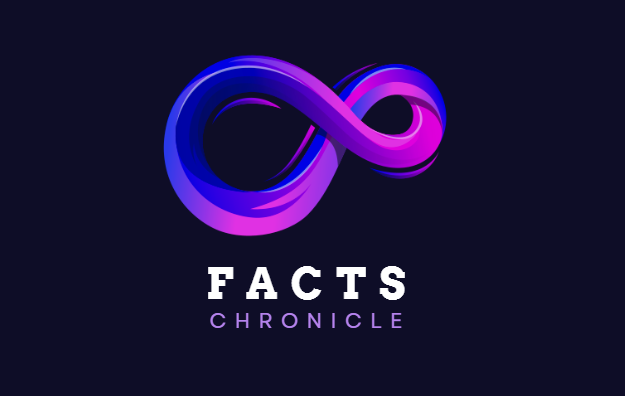Apple recently unveiled the first public beta for iOS 18, offering iPhone users a sneak peek at the exciting new features coming to their devices. This release comes just over a month after the tech giant announced the software at its Worldwide Developers Conference in June. Among the headline features include the ability to schedule messages for later delivery, a more customizable lock screen, and enhanced security options for locking or hiding apps.
For parents with young children, these new features could be a game-changer. A cautionary tale surfaced last year when a 5-year-old managed to rack up over $3,000 in charges on Amazon using her mother’s phone. While the items were eventually returned, the incident underscored the importance of safeguarding your device against unauthorized use. With iOS 18’s app locking and hiding capabilities, parents can now take proactive steps to prevent such mishaps from occurring.
It’s worth noting that the beta version of iOS 18 is not the final release, so users may encounter bugs and experience shorter battery life. As a precaution, it is recommended to install the beta on a secondary device rather than your primary one. Apple has announced that iOS 18 will be rolled out to the public this fall, although an exact release date has not been confirmed.
One of the standout features of iOS 18 is the ability to lock and hide apps on your iPhone, offering an added layer of security and privacy. The process of locking apps is straightforward – simply long-press on the app, tap “Require Face ID,” and confirm the selection. This ensures that the app can only be accessed with your Face ID or passcode, adding an extra level of protection against unauthorized access.
Similarly, hiding apps follows a similar process and is particularly useful for third-party applications like Instagram and Twitter. By long-pressing on the app, selecting “Require Face ID,” and choosing “Hide and Require Face ID,” users can effectively conceal the app from view. This feature removes the app’s icon and name from the home screen, placing it in a hidden folder within the App Library.
To access hidden apps, users can swipe right to navigate to the App Library, where a folder labeled “Hidden” will house all concealed apps. By entering the Face ID or passcode, users can reveal and access the hidden apps as needed. If users wish to reverse the process and unhide an app, they can simply long-press on the app, tap “Don’t Require Face ID,” and confirm the action. This will restore the app to its original visibility on the home screen.
In conclusion, iOS 18 brings a host of new features and enhancements to enhance the user experience and bolster device security. By leveraging the app locking and hiding capabilities, users can safeguard their sensitive information and prevent unauthorized access to their apps. As the public release of iOS 18 approaches, users can look forward to even more features and improvements to further enhance their iPhone experience.


